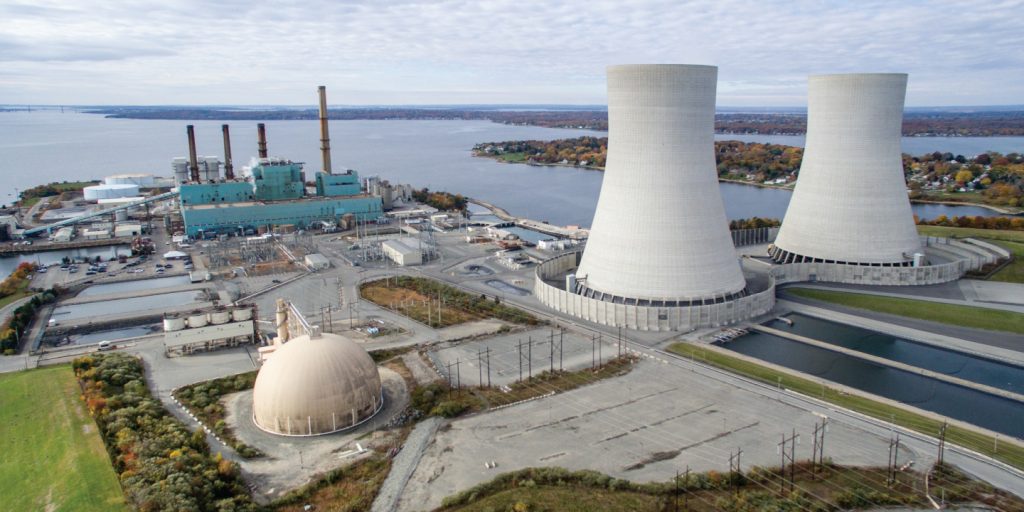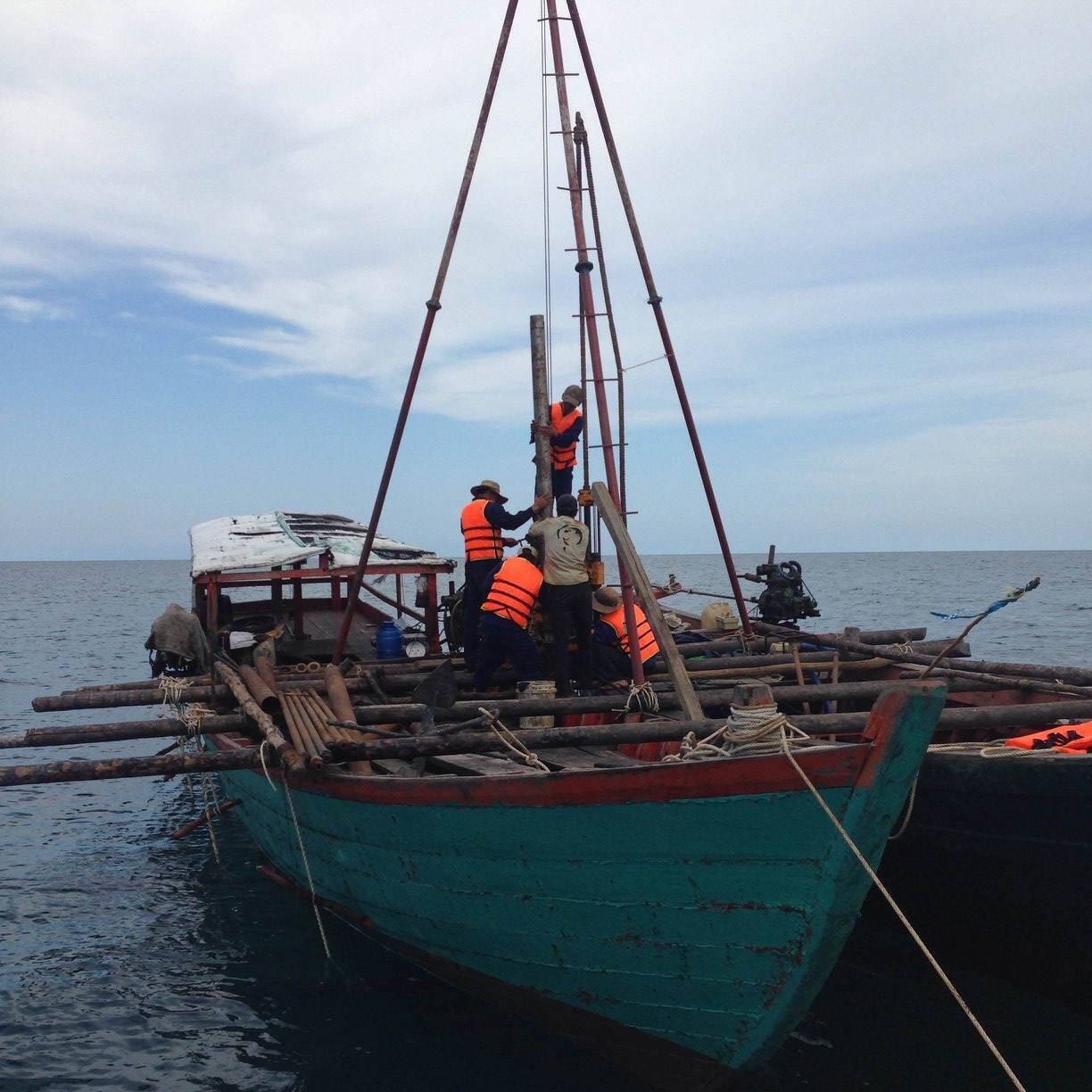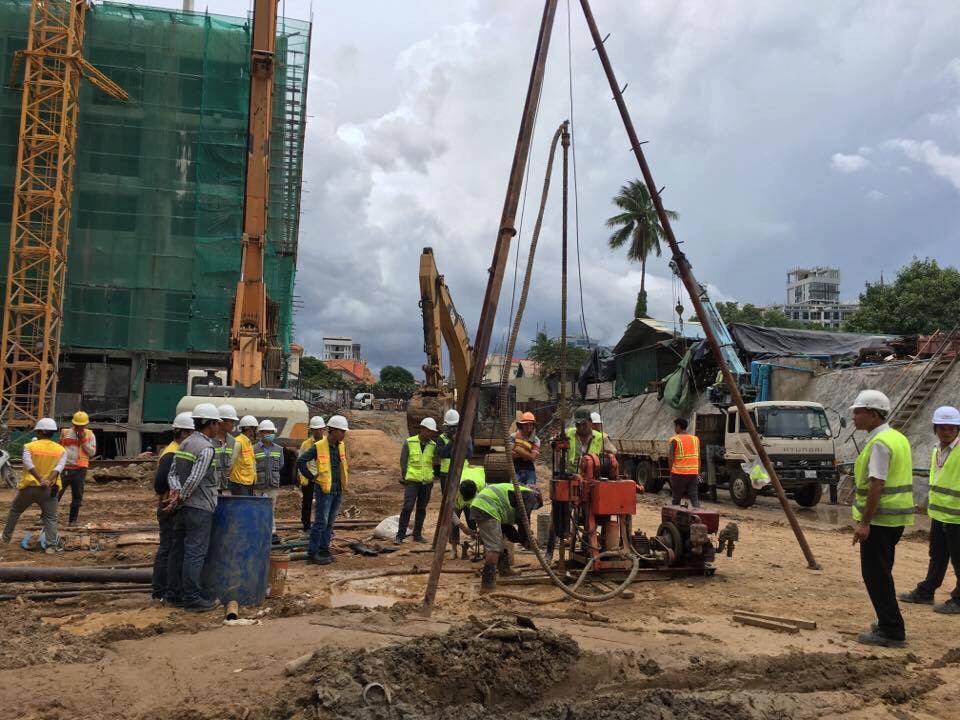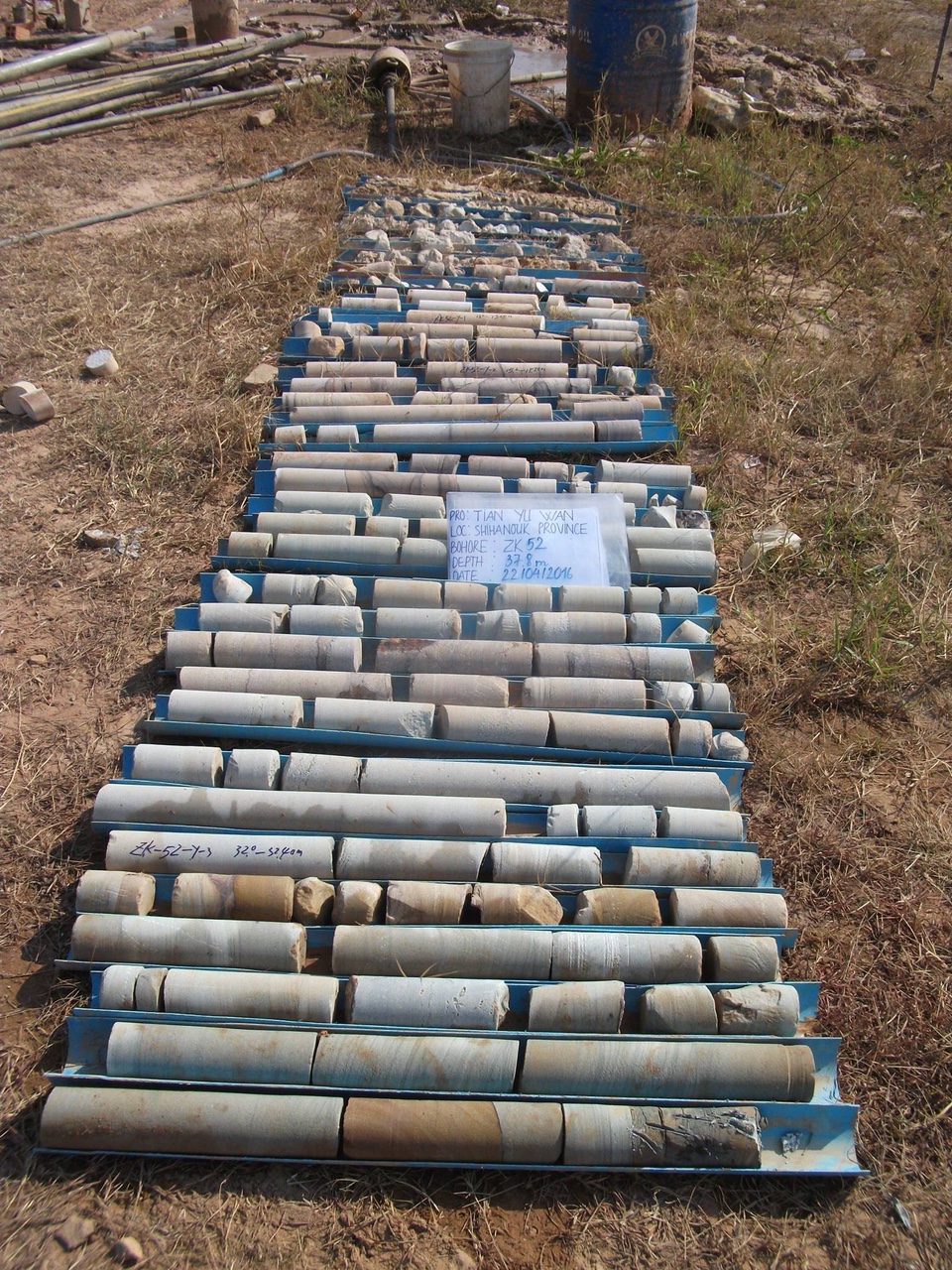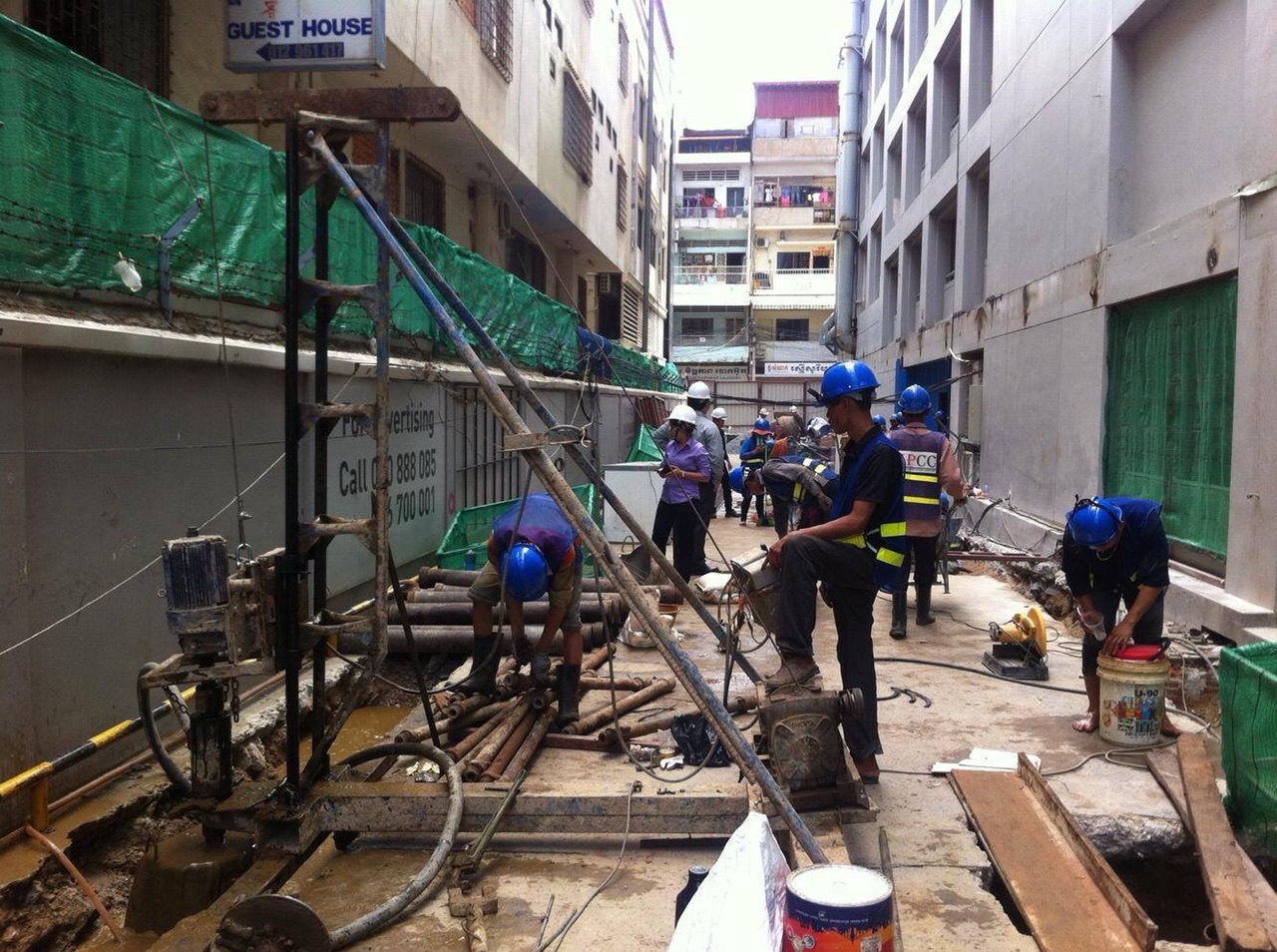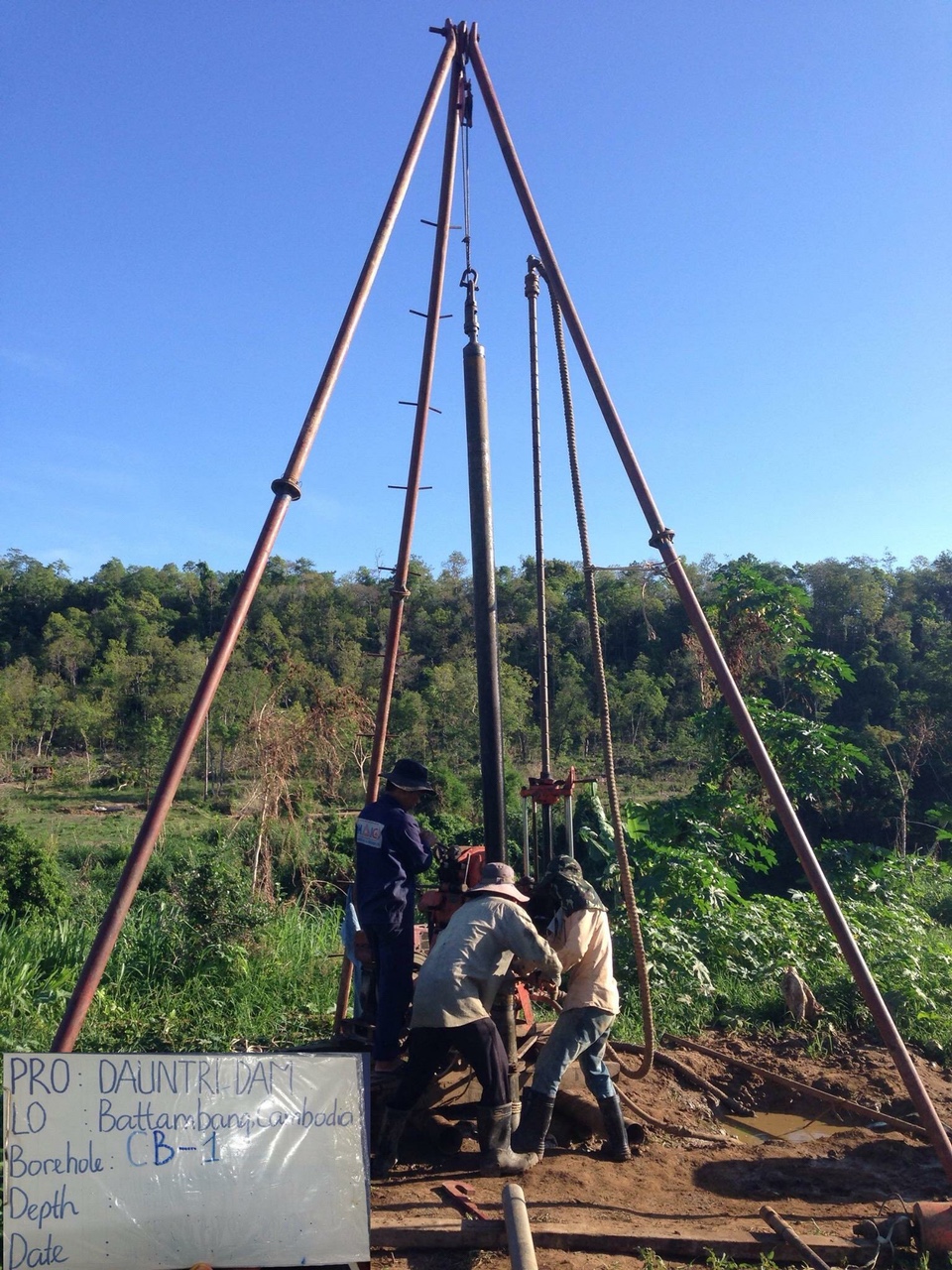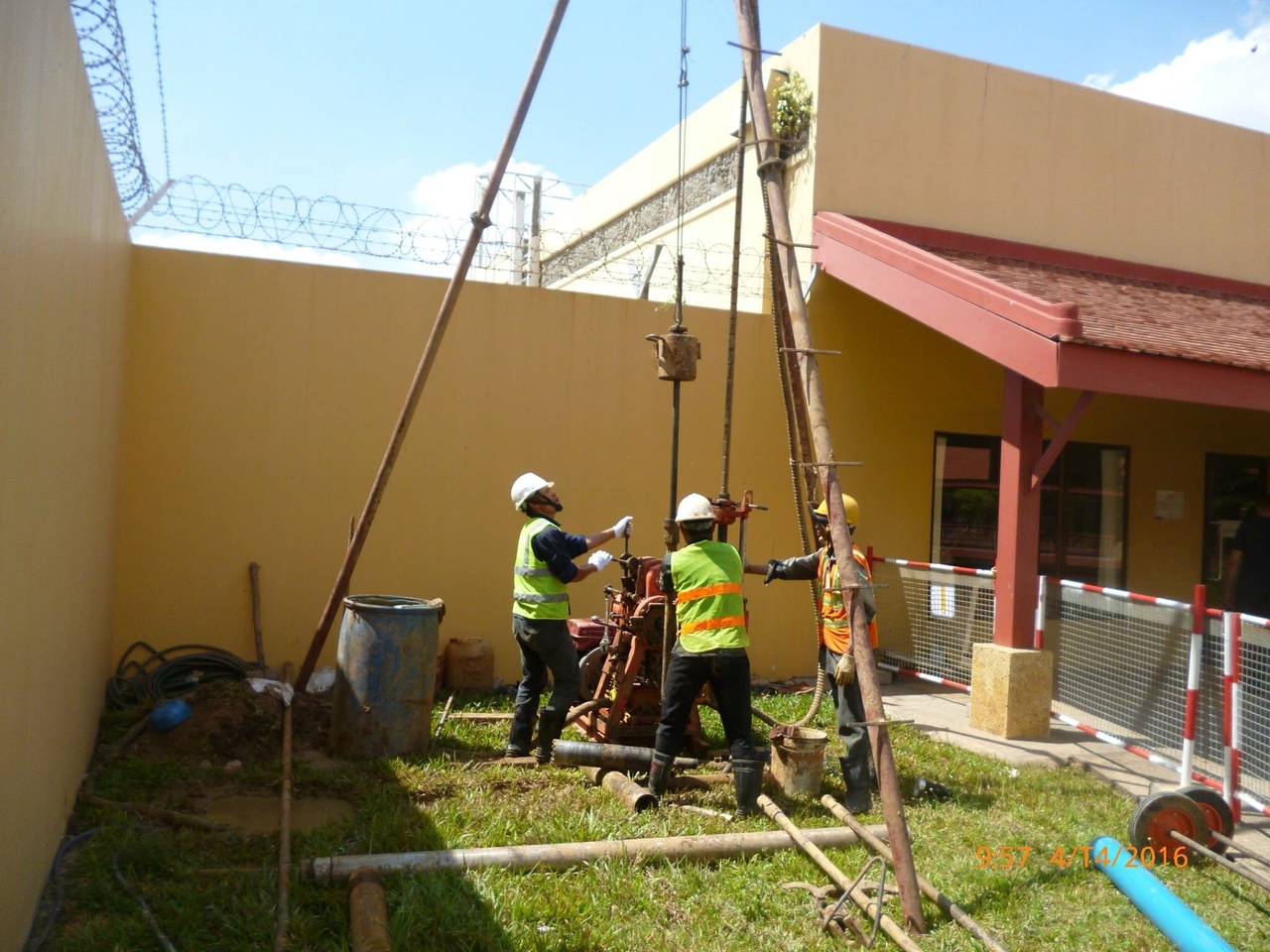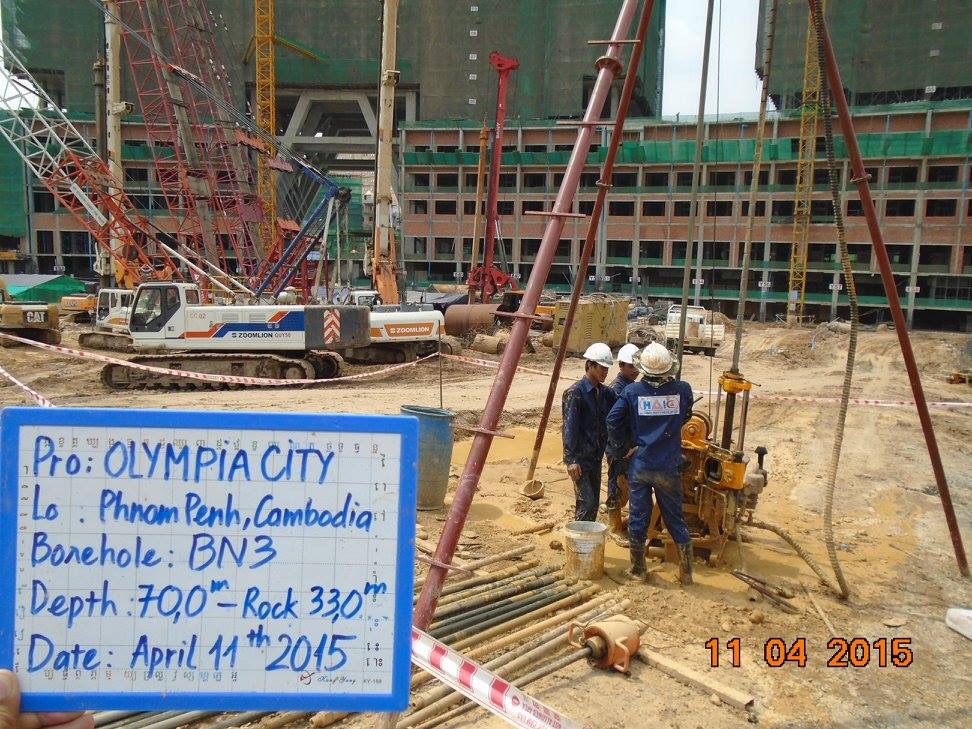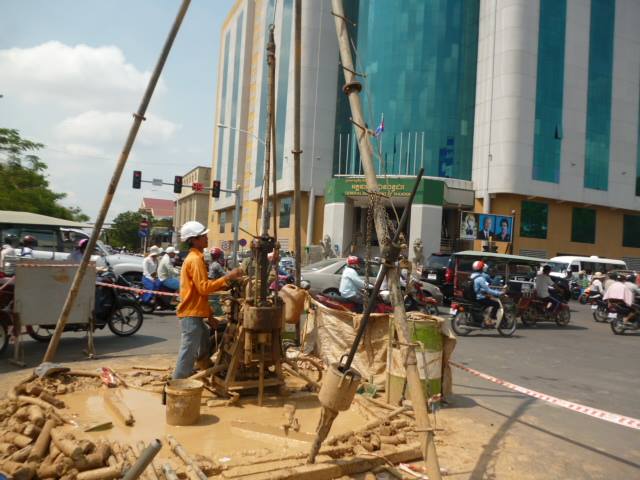3D geological model based on drilling data
Geological model D is a very practical issue currently in the development of land-based environmental assessment (variably saturated medium-scale pollution), mineral reserve assessment, and so on. There are many different ways to solve this problem with modern software designed to simulate in geology [1-3]. The most commonly used method is rebuilding the geological model. This method is based on information about the level of geology occurring horizons received from the results of drilling [4-6]. The implementation of this method itself may have some peculiarities.
In this article an alternative approach to 3D geological modeling is being proposed. It is based on the following: 1) triangular surface of the topology site 2) Automatic cross-section generation 3) High segmentation for each layer of geological model. This approach allows both simplification and 3D acceleration to create 3D geological models while maintaining acceptable site builder accuracy.
The proposed method consists of the six basic steps described below. The information about the hole is considered as given data:
1) Drill hole coordinates;
2) Headlights for the train;
3) The capacity of the geological horizons.
Step 1: Bore hole
On a borehole database a uniform sequence of layers is formed for the entire geological object. Some layers and their sequences depend on the overall data for each layer in a bore. For example, there are information about 3 boreholes for geological objects. In the two holes there are three layers, and for the last four layers. As a result, for the entire geological object a four-layer chain is formed. If the hole does not contain any layers, then the strength of the layer (the thickness of the Z coordinate) is set to zero. This approach allows for the construction of the boundary between two boreholes: each boundary moves between elevation points.
Step 2: Build cross section and edit
It is proposed to construct an automatic cross-section based on the surface of the geological object (web page) of the triangle [7], where the hole is coordinated so that the vertices in the triangle surface. The necessary result is that some edges are used as a cross-section between the two nearest boreholes. The triangle provides some useful benefits. As a result, the cross section between the nearest drill holes is made. The cross sectional area does not contain any intersections, excluding the intersections that are controlled in the borehole. To add more flexibility to this approach, it is expanded by editing the settings that are cross-sectioned (remove, add section with a mandatory check for the validity of an operation).
Step 3: The cross section data generation
Each cross-section contains information about how the boundary between the classes passes on it.

Figure 1: Borehole and chain of cross sections

Figure 2: Boundary layer is smoothed over a series of sections
Step 4: Loss of boundary between layers
Distortion / extrapolation is used to build a surface based on data on some points. Input data is 1) coordinates of the drill hole and 2) mesh result of the cross-section. Height at discrete points is made on the basis of information about the boundary between the layers in the cross section. As the result of interpolation / extrapolation is the height value for a fixed set of points for all classes. The following extrapolation / extrapolation algorithms on C and Fortran languages were performed:
- Interpolation of Kriging [10];
- Shepard (several variants) [11];
- Substantial radial basis (with different RBF functions) [12].
Implementing algorithms on Fortran is expected to show better performance (about two to three times faster) than C ++ performs.
Step 5: The distortion
Very often it is necessary to obtain separate areas / segments of smooth geological layers, flat surfaces. It is a very difficult task to achieve results such as using interpolation / extrapolation for the whole array of points of the specified class. Many interpolation algorithms take into account the effect of all sets of input points. The algorithms taken into account only the nearest points do not allow to get the surface smooth.

Figure 3: Form the segments for interpolation
Step 6: Create 3D objects
Based on the interpolation of the triangular surface obtained. The result of interpolation for each layer consists of the same set of points, but with different Z coordinates. Further, each surface is examined overlapping. In case of overlap the lower surface should be repaired. Then both surfaces are closed by the side edge. As a result of such surface closure, 3D geological modeling is formed (Figure 4).

Figure 4: The result of the 3D geological model
Summary The initial method of geological modeling of different difficulty based on drilling data has been proposed. The main advantage of this method is the simplicity and high performance of the algorithm. Also an important role should be for implementing algorithms. During the work, various computer algorithms and options on different programming languages have been tested. Expected results of algorithms were made on the Fortran language. Most interpolators perform on it, working 2-3 times over other implementations on C, taking into account the optimization of numerical algorithms and compiling later. Distortion plays an important role in reducing productivity and improving the quality of results with a large number of points. It allows to reduce the number of points for a single start of the interpolation algorithm, thus reducing its calculation algorithm. Thus, with the advent of the interpolation the total number of points involved in interpolation classes has increased while the total amount of time spent on all interpolation layers has been reduced.






